
On my recent trip to Massachusetts and Rhode Island, I went to visit The Gardens at Elm Bank (last blog) and Tower Hill Botanic Garden. With these dozen photos, let me take you on a mini tour through these lovely gardens and conservatories and see why you need to put them on your list of gardens-to-visit!
The good thing about being a traveling gardener is that I have the great pleasure of visiting many gardens and get inspired by plants and designs and garden techniques that I see elsewhere. The downside is that I am not at home as much to tend to my own garden. Regardless, this time of year, most of our gardens (except for those of you who live in the southern climes) are getting ready to go dormant. It frosted here in Maryland more than a few times now, so the annuals and tenders have gone by the wayside. Pretty much, everything is harvested except for the cole crops and cool season veggies and greens under the grow tunnel.
En route to the airport home, my friend and hostess, Karen O’Brien (https://www.facebook.com/TheGreenWomansGarden) took me to Tower Hill Botanic Garden and I am so glad that we made the detour to go there. The trips to and from the airport and to the event and her home, we got to drive through the glorious fall display of trees adorned in practically every color of the rainbow. I love looking at yards and gardens and landscaping and the autumnal array of brilliant hues ranging from yellow and gold to orange and even pink to scarlet red and mahogany were an added delight.
Tower Hill Botanic Garden is the headquarters of the Worcester County Horticultural Society [WCHS], which is the third oldest active horticultural society in the U.S., incorporated in 1842 as a non-profit “educational organization for the purpose of advancing the science and encouraging and improving the practice of horticulture.” The Society purchased the 132 acre farm in 1986 with the belief that they could best fulfill its goals by developing a garden open to the public. https://www.towerhillbg.org/
The entrance to the Stoddard Education & Visitors Center, which is an attractive stone and glass building is surrounded by lovely hardscaping with trees covered in tiny lights. Inside there is an information desk, gift shop, cafe and we walked down a corridor with glass on one side, classrooms on the other with lovely plant groupings here and there. The entrance to the Limonaia, a glass house on the south side was there, however we headed for outdoor gardens first. We crossed through the Winter Garden which is enclosed on three sides by the Orangerie, the Visitor’s Center, and the Limonaia. Shielded from wind and extreme temperatures, the Winter Garden is a showcase for plants that are at their peak during the winter months, featuring berries, bark, structure or evergreen forms.
We approached Pliny’s Allée, which is a long row of Oak (Quercus sp.) trees right alongside the Systematic Garden. The oaks are underplanted with three types of shrubs known for their fall color: Oak Leaf Hydrangea (Hydrangea quercifolia), Fothergilla (Fothergilla gardenii), and Virginia Sweetspire ‘Henry’s Garnet’ (Itea virginica). Prized for their fall color, the shrubs also have fragrant white flowers in the spring and summer.
I agree with following description of the garden on Tower Hill website: “The Systematic Garden is a one-of-a-kind educational experience where plants are arranged “systematically” or according to our current scientific understanding of their evolutionary relationships. Designed in an Italianate style, this garden presents 26 distinct plant families, making it a visual encyclopedia of the Plant Kingdom.” This was by far my favorite garden–seeing the plants planted in beds with just plants from their families–sort of made it all click. It is a great teaching garden. There is also wonderful statuary and garden ornamentation in an amongst the beds.
Heading inside, The Orangerie, which is an 18th century-style greenhouse, was full of showy tropicals and exotics and my camera lens fogged up for at least 10 minutes after coming in from the cold. This house has a northern exposure which features ferns and colorful groupings of non-hardy, potted plants.
The Limonaia, (Lemon House), creates the southern border of the Winter Garden. The cathedral-like interior of the Limonaia expands the display of tender plants in the original Orangerie. There were lots of citrus plants, camellias and hibiscus in bloom.
We did run into the gift shop–their buyer is on top of things–there were many temptations of unusual gifts and a large number of books that I had not seen which are on my wishlist now. Short on time, we didn’t get to hike any of the trails or begin to see all of the gardens; I shall return there sometime! The gardens are open year round, 9 am to 5 pm, though closed on Mondays. Check out their calendar and take advantage of the offerings since they have events and classes going on all of the time. We saw our friend Betsy Williams there teaching a holiday floral and pumpkin decorating class with gorgeous results. https://betsywilliams.com/
Here, I shall plug Doug… I noted on the home page of Tower Hill site that author and speaker Doug Tallamy will be there on November 4 at 7pm giving a talk and signing his book Bringing Nature Home. Doug is from my neck-of-the-woods–he lives in Delaware, he is an excellent speaker and this is a book you’ll want for your own.
Enjoy the fall y’all!


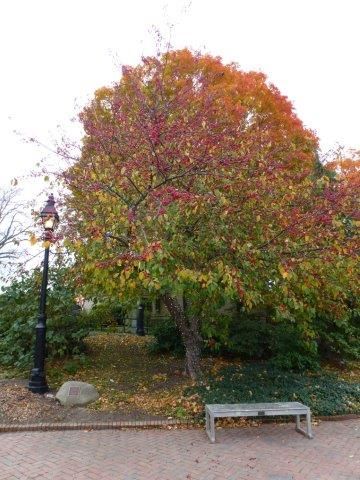
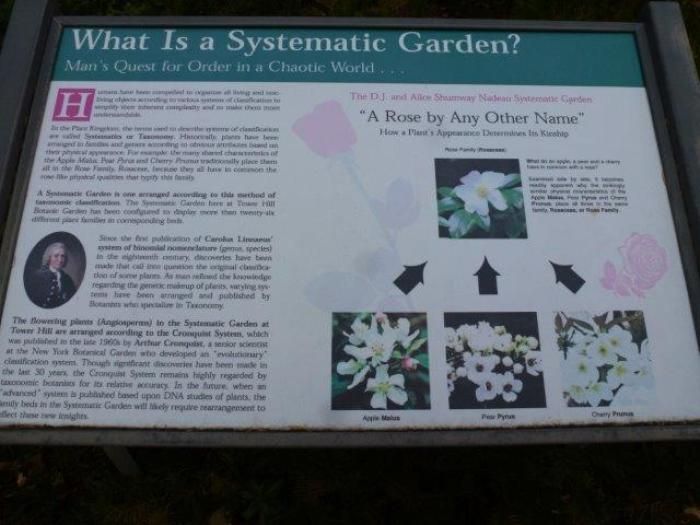
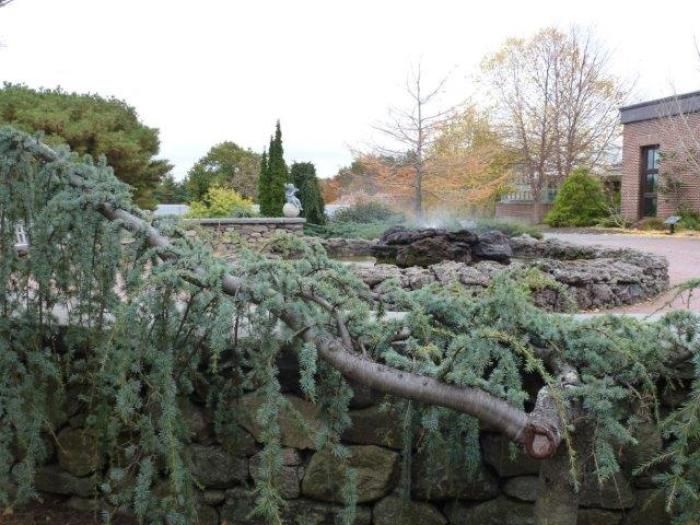



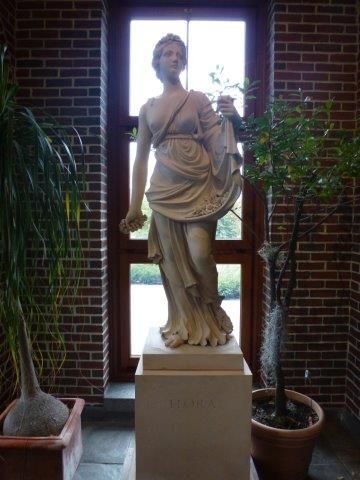
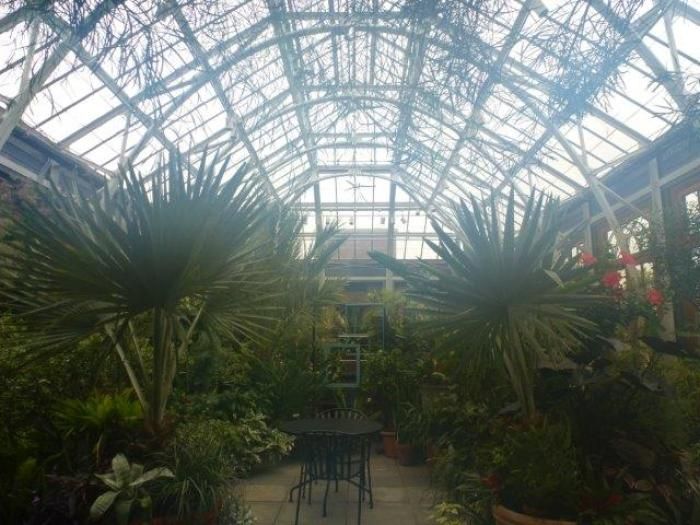

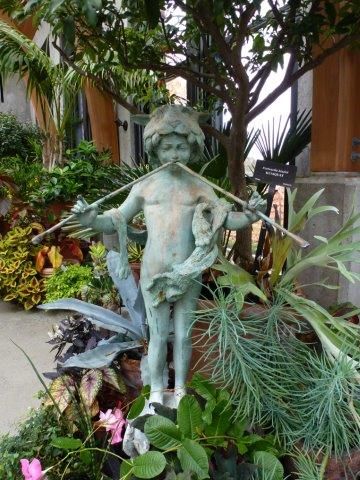
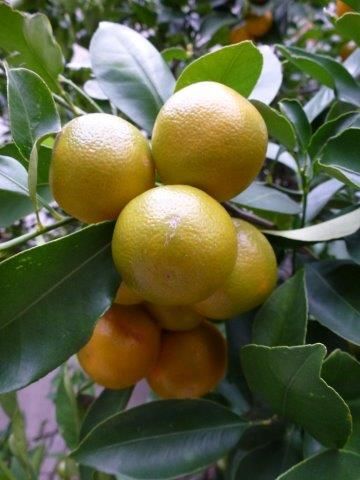



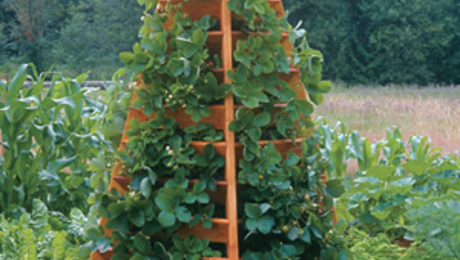











Comments
Log in or create an account to post a comment.
Sign up Log in